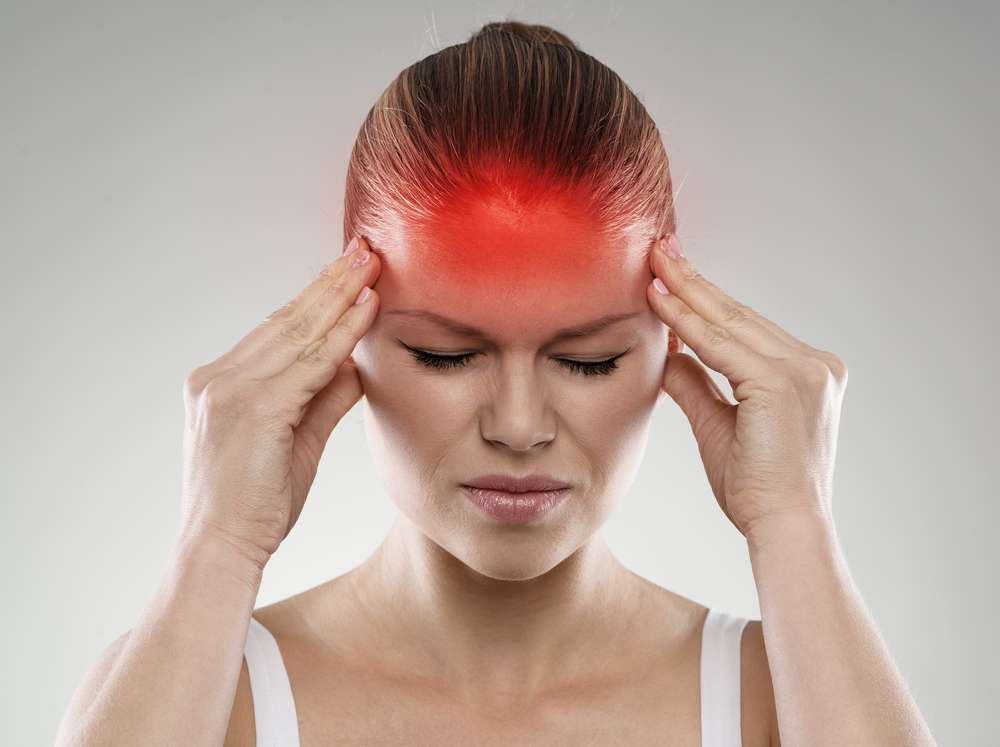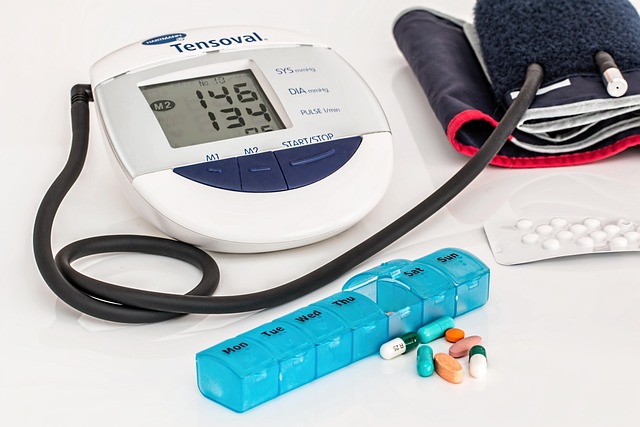Massage Therapy for Migraine Relief: What You Should Know
Migraines affect millions of people worldwide, causing debilitating pain and disrupting daily life. Beyond medication, many sufferers seek complementary approaches to manage their symptoms. Massage therapy has emerged as a potential option for those looking to reduce the frequency and intensity of migraine attacks. This non-invasive technique may offer relief through various mechanisms, including stress reduction, improved circulation, and muscle relaxation.

Migraines are more than just headaches—they’re complex neurological events that can cause intense throbbing pain, sensitivity to light and sound, nausea, and other debilitating symptoms. While medication remains the primary treatment approach, many people seek complementary therapies to enhance their migraine management strategy. Massage therapy has gained attention as a potential supportive treatment that may help some individuals find relief from migraine pain and possibly reduce attack frequency.
How Massage Therapy May Ease Migraine Symptoms
Massage therapy may help alleviate migraine symptoms through several physiological mechanisms. One key benefit is improved blood circulation throughout the body, including to the brain. During a migraine attack, blood vessels in the brain can become constricted or dilated abnormally, contributing to pain. Massage may help normalize blood flow patterns, potentially reducing pain intensity.
Additionally, massage stimulates the release of endorphins—the body’s natural pain-relieving chemicals. These endorphins can create a sense of well-being while simultaneously dampening pain signals. The relaxation response triggered during massage also helps lower cortisol levels (a stress hormone) while increasing serotonin and dopamine, neurotransmitters that regulate mood and pain perception.
Research suggests that regular massage sessions may help some migraine sufferers experience fewer attacks and less intense symptoms when attacks do occur, though individual results vary considerably.
Effective Massage Techniques for Migraine Management
Several specific massage approaches may be particularly beneficial for those suffering from migraines:
Trigger point therapy focuses on identifying and releasing tight muscle knots (trigger points) that can refer pain to other areas, including the head. These points are often found in the neck, shoulders, and upper back—regions commonly associated with tension that can trigger or worsen migraines.
Craniosacral therapy involves gentle manipulation of the skull bones and sacrum to restore proper flow of cerebrospinal fluid. Practitioners believe this gentle technique helps release restrictions in the central nervous system that may contribute to migraines.
Swedish massage, with its long, flowing strokes, promotes general relaxation and improved circulation throughout the body. This classic massage style can help reduce overall muscle tension that might otherwise contribute to migraine development.
Deep tissue massage targets deeper muscle layers and connective tissue. While sometimes uncomfortable during the session, this technique can release chronic tension patterns that may play a role in recurrent migraines.
Stress Reduction and Muscle Tension Relief for Prevention
Stress is a well-documented migraine trigger for many sufferers. The relationship between stress and migraines creates a vicious cycle—stress can trigger migraines, and the anticipation of migraine pain creates more stress. Regular massage therapy sessions may help break this cycle by activating the body’s relaxation response.
When receiving a massage, the parasympathetic nervous system (responsible for “rest and digest” functions) becomes more active, counteracting the fight-or-flight stress response. This shift helps lower blood pressure, slow heart rate, and relax muscles throughout the body.
Chronic muscle tension, particularly in the neck, shoulders, and jaw, is another common migraine trigger. Massage directly addresses this by physically manipulating tight muscles to release tension. Many migraine sufferers report that regular massage helps them maintain lower baseline muscle tension, potentially reducing the frequency of attacks triggered by muscular factors.
What to Expect During a Professional Massage Session
A professional massage session for migraine relief typically begins with a thorough consultation. The therapist will ask about your migraine history, triggers, symptoms, and current management strategies. This information helps them customize the treatment to your specific needs.
The environment itself is designed for relaxation—dimmed lights (important for those with light sensitivity), comfortable temperature, and sometimes gentle music or aromatherapy. You’ll undress to your comfort level and lie on a padded massage table, covered with sheets or towels for privacy and warmth.
During the massage, the therapist will focus on areas commonly associated with migraines, including the neck, shoulders, upper back, and possibly the scalp and face. Communication is essential—always inform your therapist about pressure preferences and any areas of discomfort.
A typical session lasts between 30 and 90 minutes. For migraine management, regular sessions (perhaps weekly or bi-weekly) may be more beneficial than occasional treatments, though this varies by individual.
Research and Expert Perspectives on Massage for Migraines
Scientific research on massage therapy for migraines shows promising but mixed results. A 2006 study published in the Annals of Behavioral Medicine found that participants who received massage therapy reported fewer migraines and improved sleep quality compared to a control group. Another study in the International Journal of Neuroscience showed that massage therapy could decrease the frequency of migraines and improve sleep quality.
However, many studies on this topic have methodological limitations, including small sample sizes and difficulty creating appropriate control groups. The subjective nature of pain and the placebo effect also complicate research in this area.
Medical experts generally view massage therapy as a potentially helpful complementary approach rather than a replacement for conventional migraine treatments. The American Migraine Foundation acknowledges that massage may help some patients as part of a comprehensive treatment plan, particularly those with tension-type headaches or migraines triggered by stress or muscle tension.
Neurologists often point out that while massage may help with symptom management and possibly prevention in some patients, it’s unlikely to address the underlying neurological mechanisms of migraine. Therefore, most recommend using massage as a complement to, not a replacement for, medical treatment.
Safety Considerations and Finding Qualified Therapists
While massage is generally considered safe, certain precautions are important for migraine sufferers. Those experiencing an active migraine attack may find that any touch, including massage, increases discomfort. In these cases, waiting until the acute phase has passed is advisable.
People with certain conditions should consult their healthcare provider before trying massage therapy, including those with: - Blood clotting disorders - Osteoporosis - Recent injuries or surgeries - Skin conditions in areas to be massaged - Cardiovascular issues
Finding a qualified massage therapist with experience treating migraine patients is crucial. Look for practitioners with certification from recognized organizations like the American Massage Therapy Association or the National Certification Board for Therapeutic Massage and Bodywork. Some massage therapists specialize in headache and migraine relief, making them particularly suitable.
Before committing to regular sessions, consider scheduling a consultation to discuss your specific migraine condition and ask about their approach and experience with similar clients.
Massage therapy represents one of several non-pharmacological approaches that may benefit some migraine sufferers. While not a cure, it offers a drug-free complement to conventional treatments that may help reduce pain, stress, and muscle tension—all factors that can contribute to migraine attacks. As with any complementary therapy, individual responses vary, and what works for one person may not work for another.
This article is for informational purposes only and should not be considered medical advice. Please consult a qualified healthcare professional for personalized guidance and treatment.




